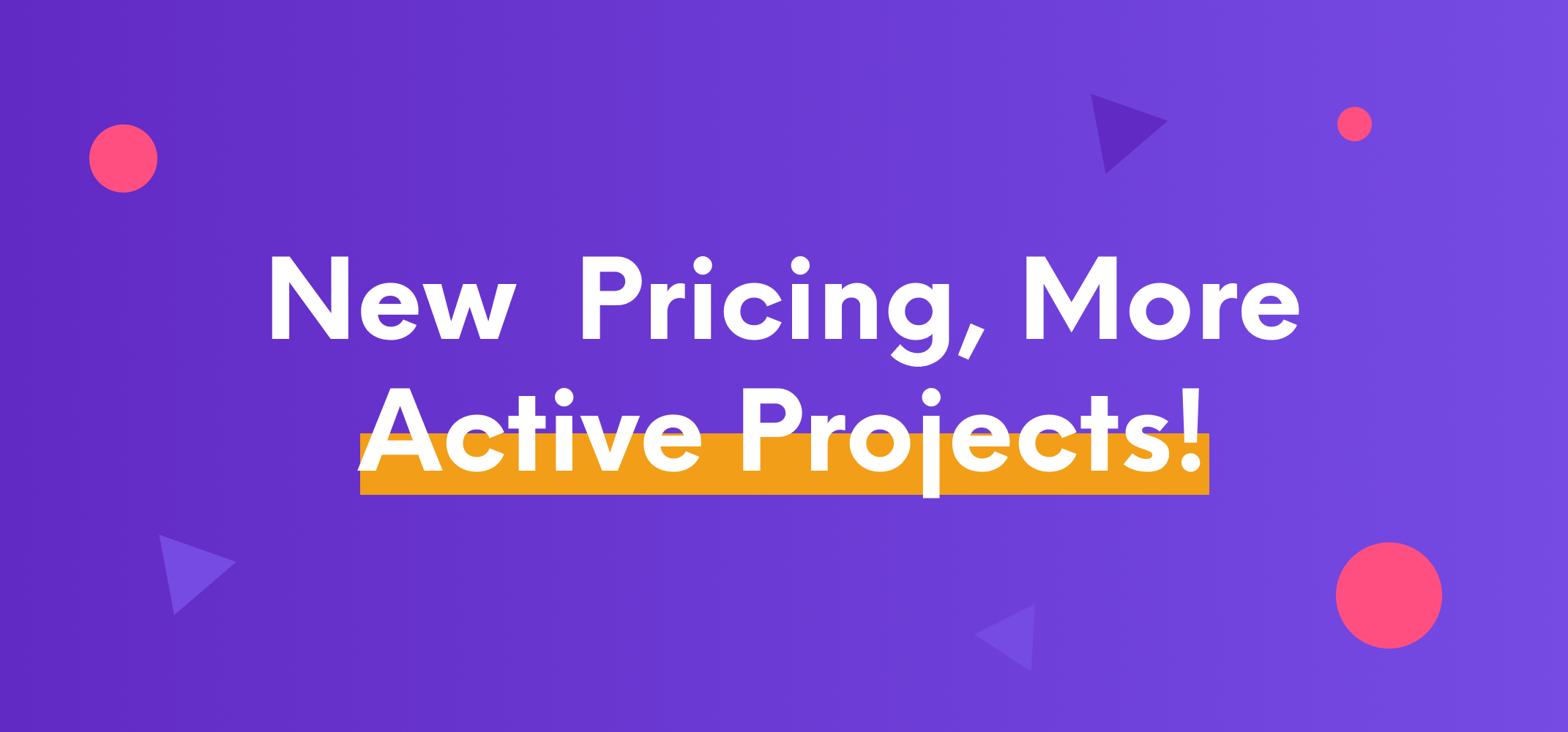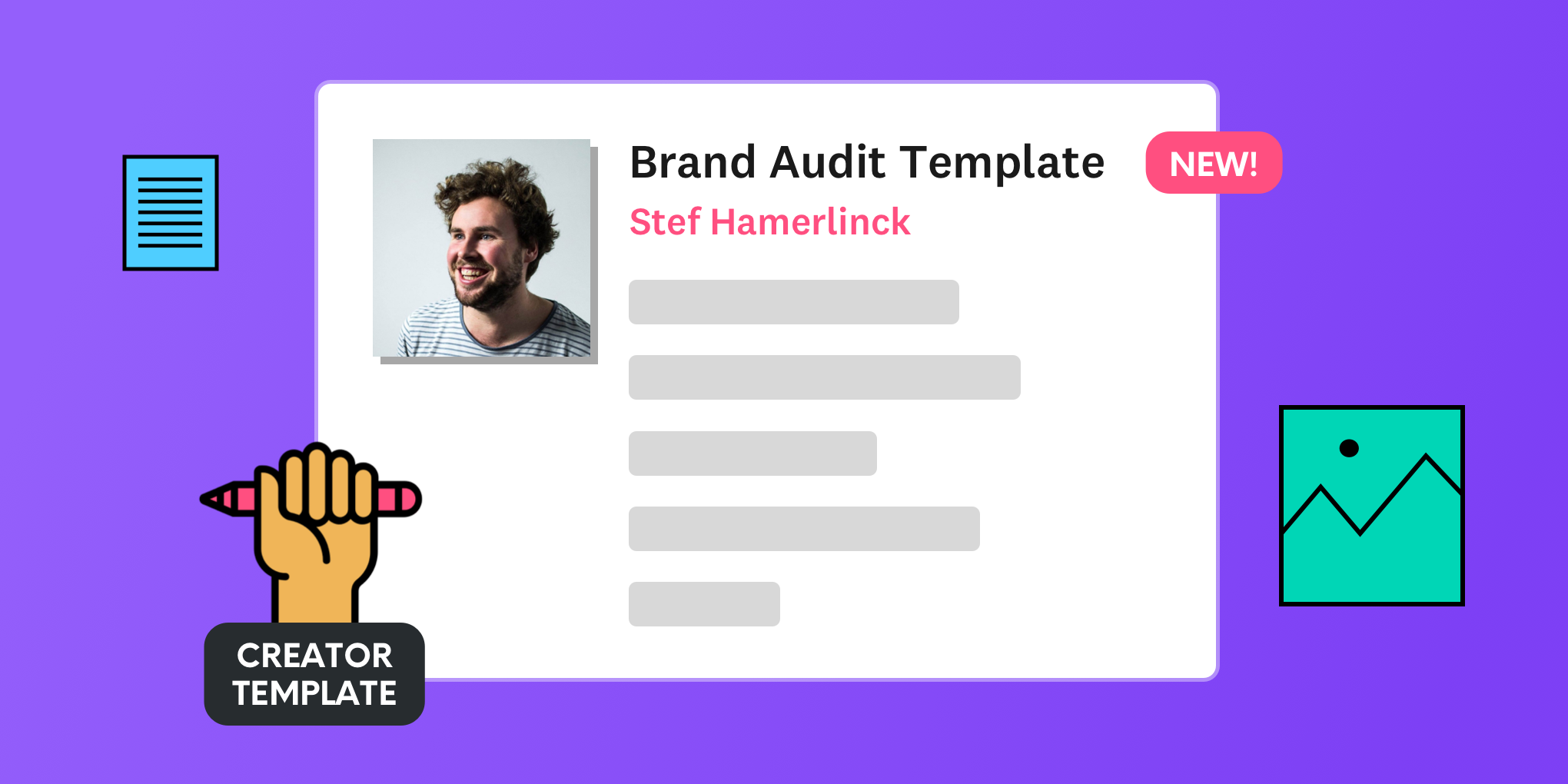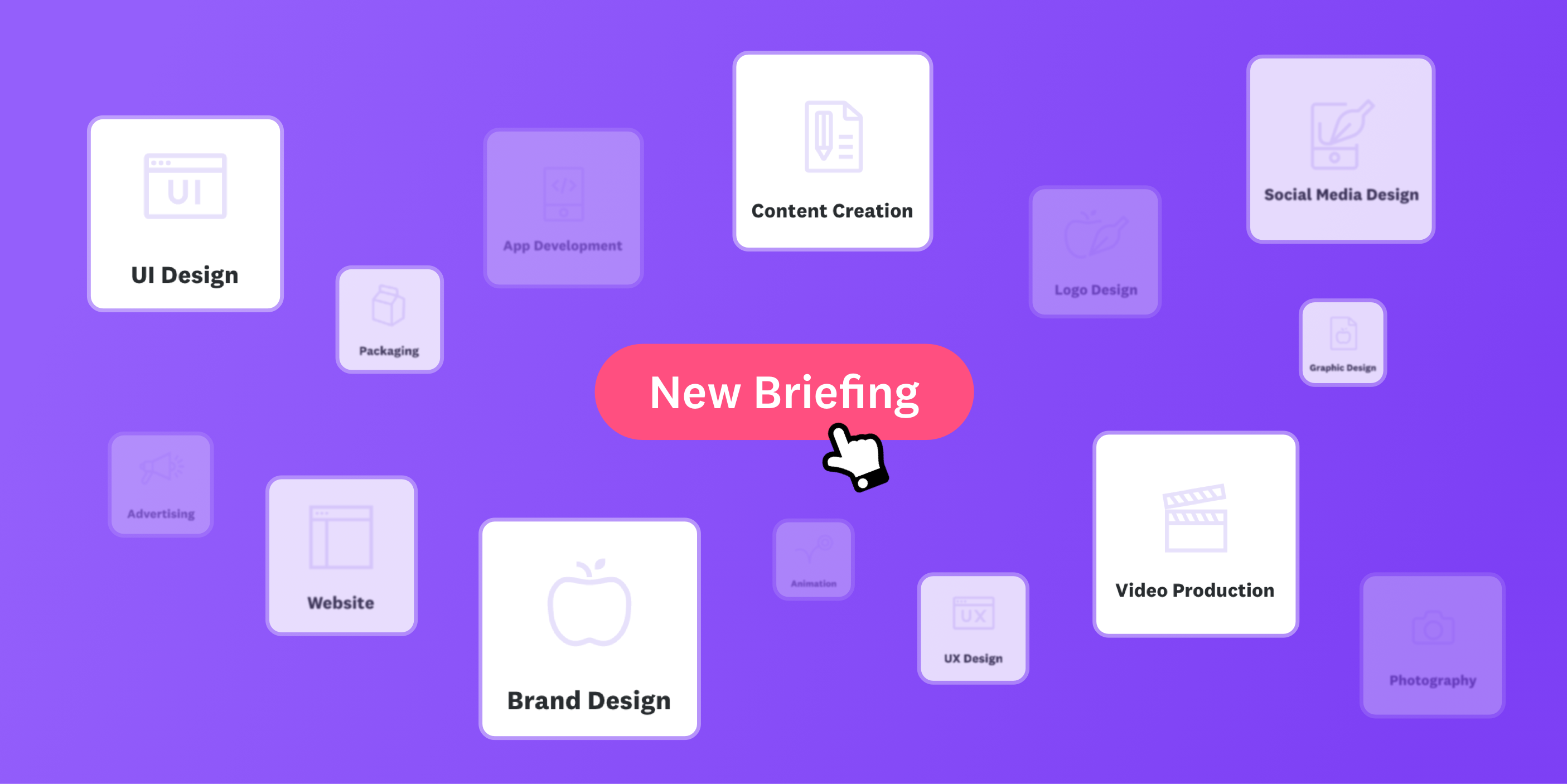As a project manager, have you ever struggled with late deadlines and misalignment in shared understanding across your team or stakeholders? Hopefully, there is an easy fix for all of that: a project discovery phase. Although discovery is often described as a process across organizations, discovery is actually a mindset you can use as a guiding principle throughout your product’s design and development stages.
What is a Project Discovery Phase, and what is its purpose?
If you’re reading this article, you’ve probably heard about the importance of discovery phases for a project’s success. But what exactly are they? Discovery is the process of collecting information, analyzing, and defining a project’s core problems while building a shared understanding across your team and stakeholders. Various techniques are in play throughout this process, which help us shape a project’s foundation. Different companies call it research, strategy, requirements, and others. At the end of the day, whatever you name it, it’s all about building knowledge.
How do you do a Project Discovery Phase?
As long as we get to frame the project’s problem, discovery can be implemented in a variety of ways. There is no right or wrong technique, but taking in mind the usual patterns most people follow, there are a few similar categories in discovery and their consecutive methods worth mentioning:
Understanding of the business
How does the company profit? Which are the main stakeholders for this project? Who are your direct competitors, and what makes them different? These are just some of the questions you should ask yourself here. The techniques you can use to answer these questions are Market analysis, competitive analysis, stakeholder interview/discussions.
Understanding of the users
Example questions you should be asking yourself are: Which is the primary audience? How familiar are they with technology? How often would they use this product, and what’s their primary mission? And the techniques you can use are surveys, direct feedback, user interviews, group interviews, field studies.
Info consolidation
During this part, it’s important to summarize findings and interpret them as a team. Some of the most popular techniques are Design thinking Workshops, User personas, empathy maps, user journeys, problem framing sessions.
Ideation / Solutioning
This is where it all comes together. It’s helpful to wrap up a project discovery phase with brainstorming, sketching, wireframing, prototyping. The discovery phase can be as short or lengthy, depending on the project size, complications, and internal/external parties involved. Usually, most discoveries are between two weeks and three months. By adopting the discovery mindset, you can repeat this phase multiple times per project for each new feature.
What are the pain points during discovery, and how to overcome them?
Discovery is an incredibly effective way to create project documentation, but if not implemented correctly, it can become unproductive and a loss of time and resources for both you and your client. Let’s go over some pain-points and what you can do to overcome them:
1. Justifying the value of a project discovery phase
One of the biggest pain-point teams face is explaining to stakeholders the value, which a discovery brings to the table.
When the idea of discovery pops up during an initial conversation, I’ve had mostly two reactions - clients either love it or are skeptical about it. From a personal perspective, I believe it’s harder to sell the vision of the phase, especially when involved in a tech-heavy project. Recently I had a negative experience with a customer that shot down the budget for discovery right away. What we did was a separate call, breaking down the value of discovery with real-life examples.
We also talked about success stories and how discovery phases ultimately save development budgets in the long-term while helping increase customer satisfaction because of a deeper understanding of the users. After our call, the client churned right away.
2. Not enough user participation
Users are at the core of each product’s successful strategy. Understanding how they think and interact with your service is crucial. In the words of Jeff Bezos: “Start with the customer and work backward” is the right mindset going into discovery. Sometimes even with the most cooperative client, it’s either hard to get ahold of the users, or they just don’t show up. If you add to the equation missing quantitive data because your survey didn’t get enough responses, you might end up with a lack of user knowledge to move to the next stage in your discovery phase.
From my perspective, in such a case, it’s best to find subject matter experts (SME) within the company you work with. SMEs are people within the organization with deep knowledge of the users. Most subject matter experts come to the role they are in because they’ve done the users’ job themselves, often for a long time. In the past, when such an issue occurred, I’ve traditionally talked to Customer Help Center Representatives, Sales, even some of the c-level executives, which have built their way to the top step by step, can provide some valuable insights on the way the whole cycle operates within a company.
3. Talk to All Stakeholders
Imagine this. You run your project discovery for a month, doing all the necessary steps, gathering user insights, and product knowledge. At the end of it all, you wrap up everything with an ideation session and shake hands with the stakeholders on a proposed direction. The contracts are signed and sealed, but when the hands-on designs or development work starts, unexpectedly, a new stakeholder pops up and pivots the project the direction. The best way to avoid such conflict of interest is to include all the necessary stakeholders early and often. In my practice, what has helped me is identifying all the contact points in advance and making sure I conduct interviews and hear their opinions. None should feel neglected. Your best bet is to include everyone in all the working sessions, but more often than not, they usually are too preoccupied to attend. So the final presentation is what it all comes down to. Making sure you find a suitable time in which all the active stakeholders can be present is crucial.
4. Information fatigue
You might’ve heard the quote, “there is no such thing as too much research”. Although this quote is generally true, the issue with having too many insights is that it’s hard to summarise and distill this information. Given that the discovery was a success, and you actually mangled to extract user and product knowledge, often having a final presentation to the stakeholders is a great method to wrap things up. That might be an issue if you’ve created more than five personas, empathy maps, and identified hundreds of problem statements. At this point, you might feel overwhelmed and confused in this direction to take, which can easily baffle your audience as well. From my personal experience, the general rule of thumb, which has worked like a charm, is if it doesn’t bring any value - remove it.
Try to keep your personas and other UX methods as lean as possible and if you see too much overlap, unite your ideas.
5. Excluding internal team members
More often than not, you might find yourself exploring crazy, out-of-scope ideas during your brainstorming sessions with your stakeholders. Although there are no bad ideas during an ideation session and creative confidence should be encouraged at all times, it’s good to do a reality check once in a while. If you’re leading a design team or you’re working with developers, make sure they are included in the sessions or at least try to covey your thoughts at the end of each sprint.
Closing Thoughts
A project discovery phase is an important product development stage. It allows customers to get better acquainted and empathize with the end-users while getting your team on the same page.
No matter how you implement your project discovery phase - remote, on the client-side, or at your own office, documenting the outcomes is the most crucial part of the process. Project briefings play a major role in this, being the next step in the process. Briefings can serve as a medium for uniting captured insights from the discovery, technical specifications, project roadmap, and an overview of the next steps.
–
Combine all the findings and research from the Project Discovery phase into a solid briefing thanks to HolaBrief's discovery framework. Start a free HolaBrief account, create your discovery project with strategic templates, and give it a test drive!







